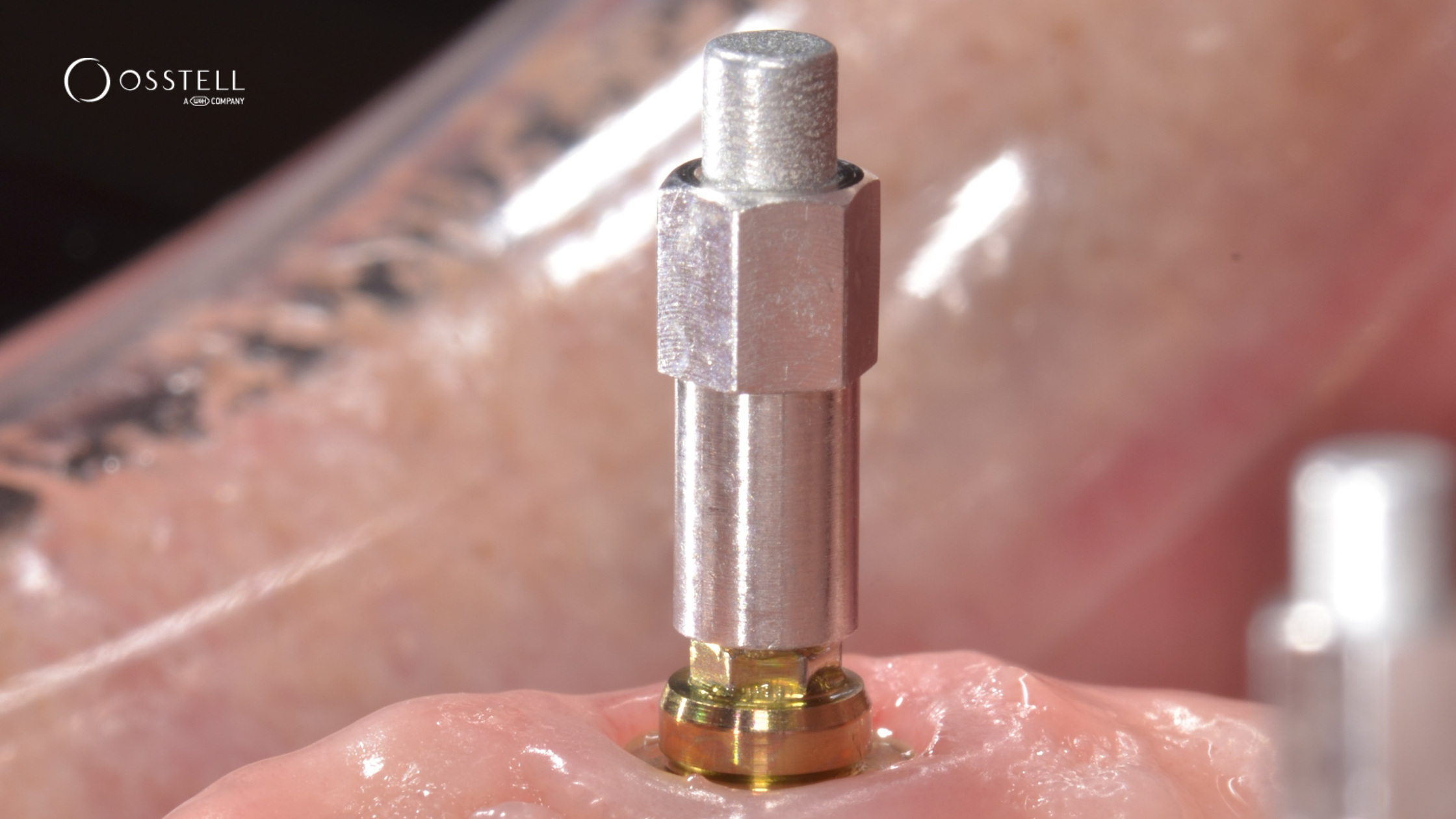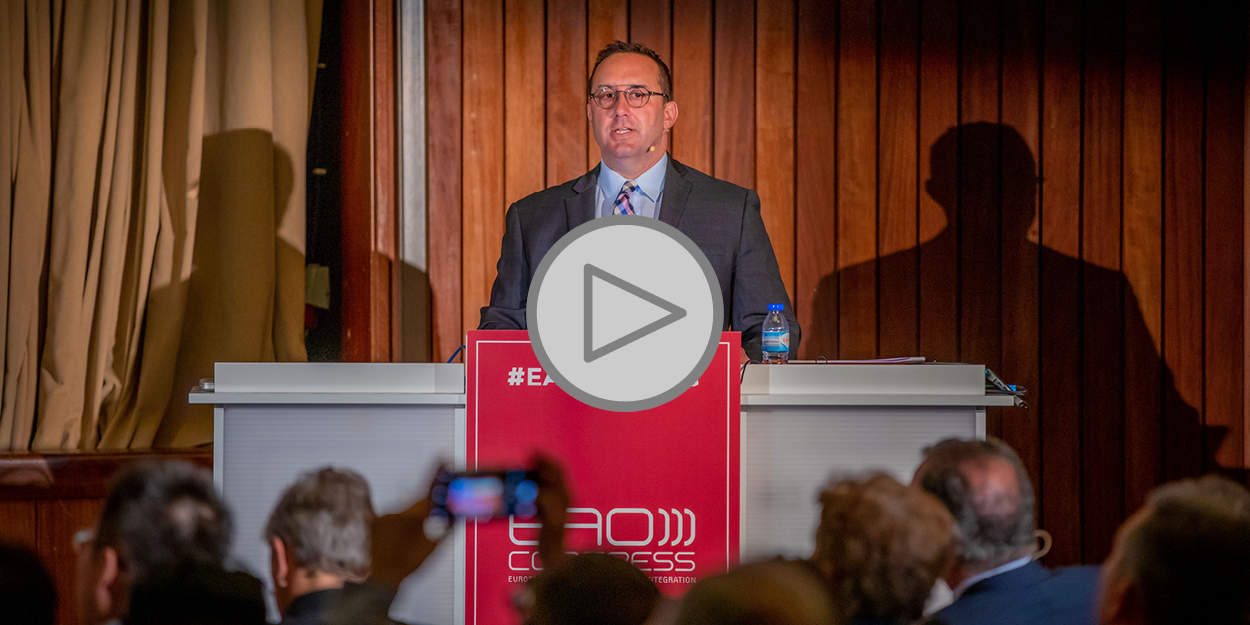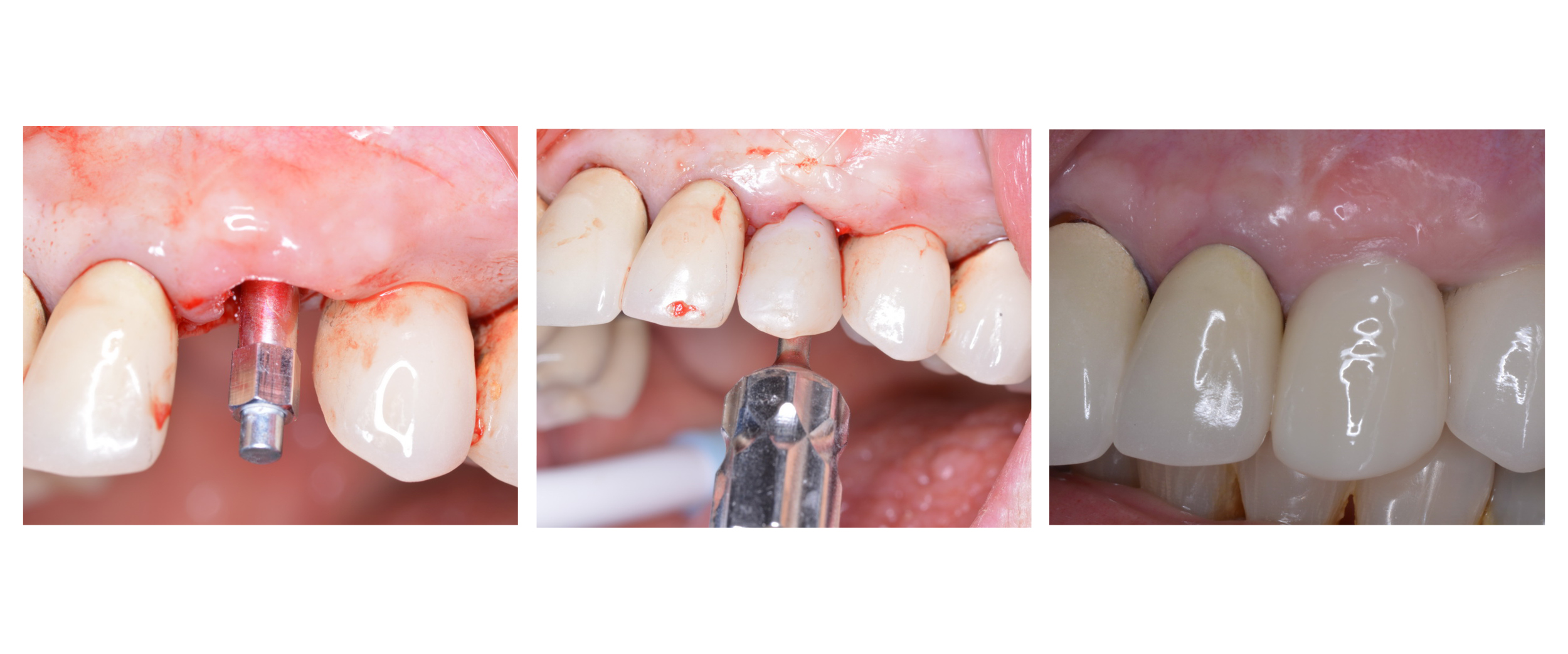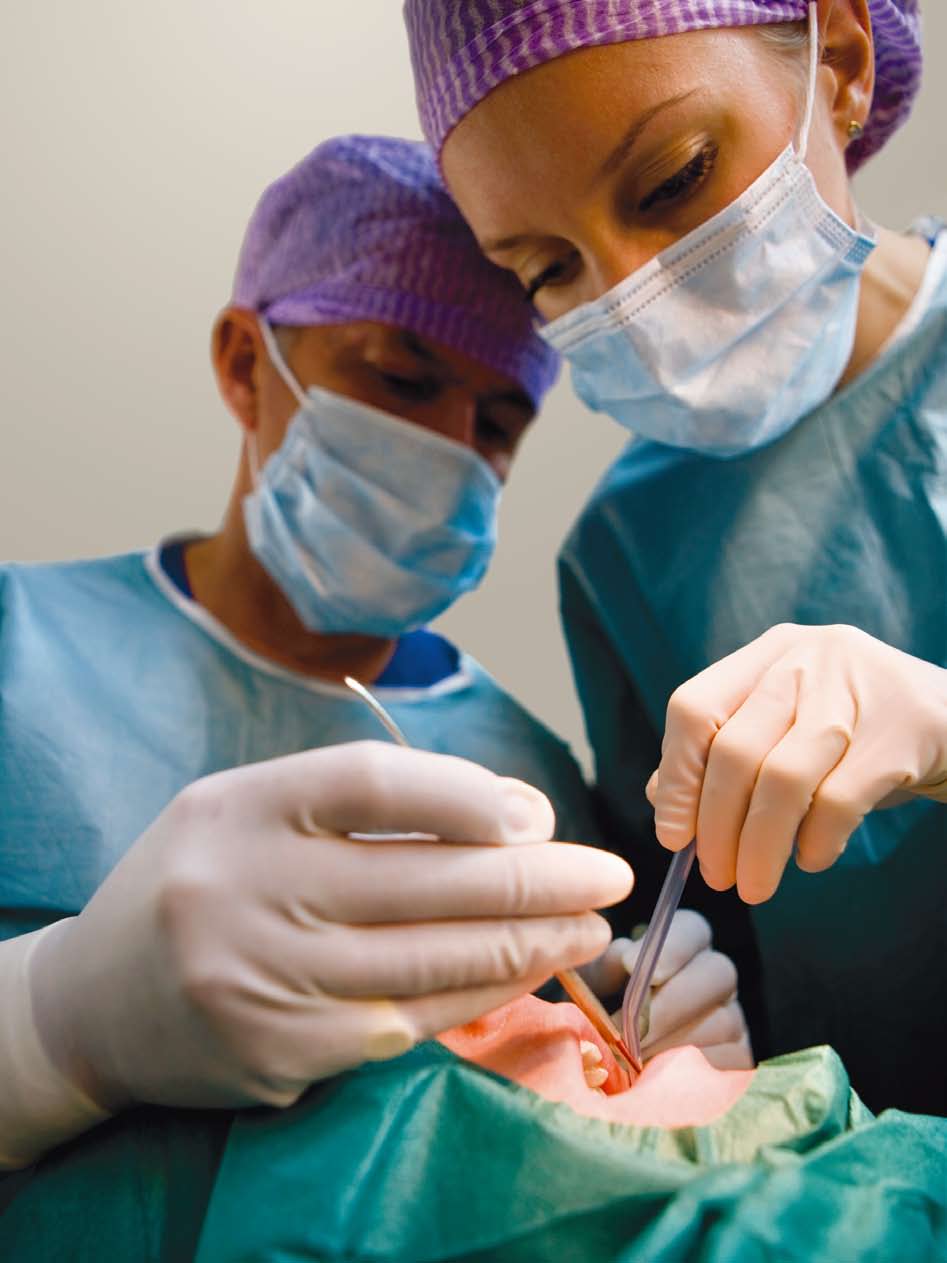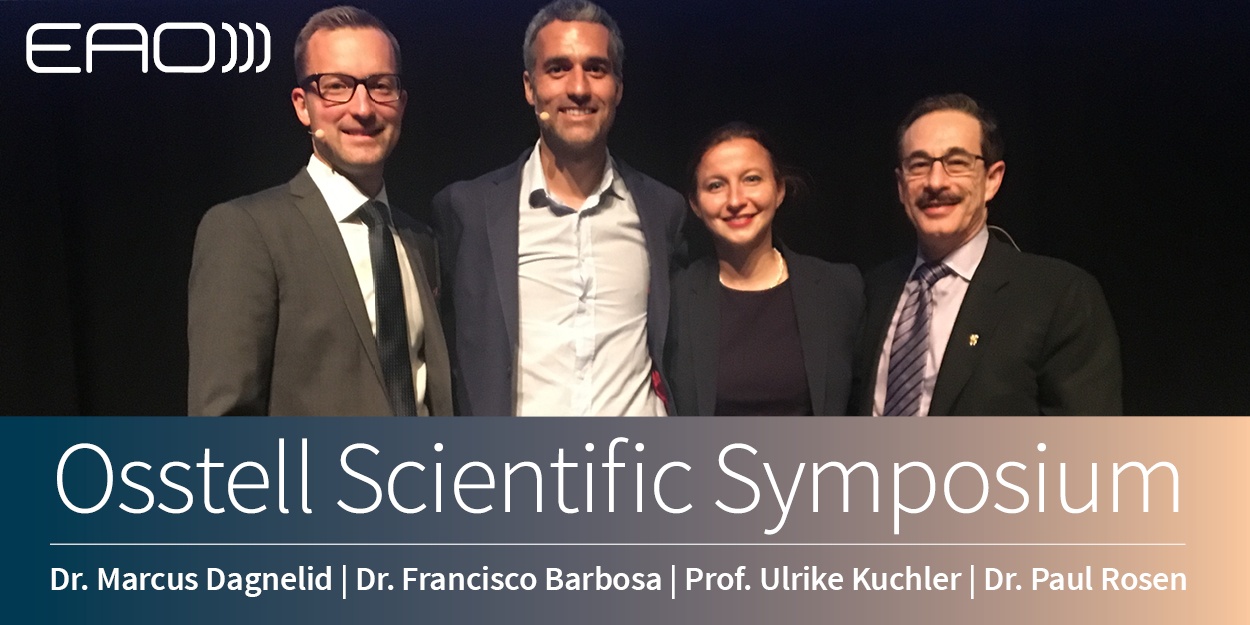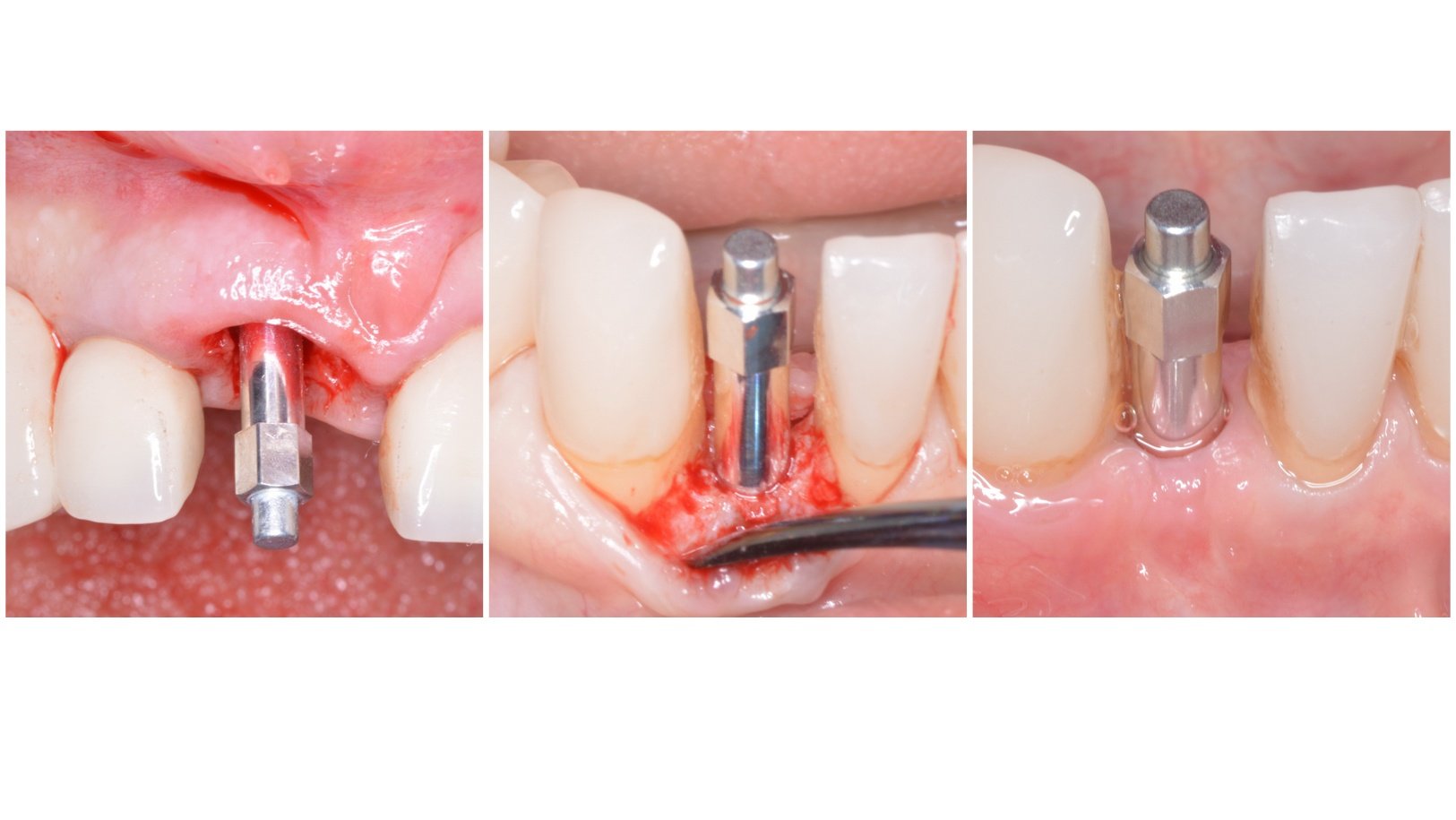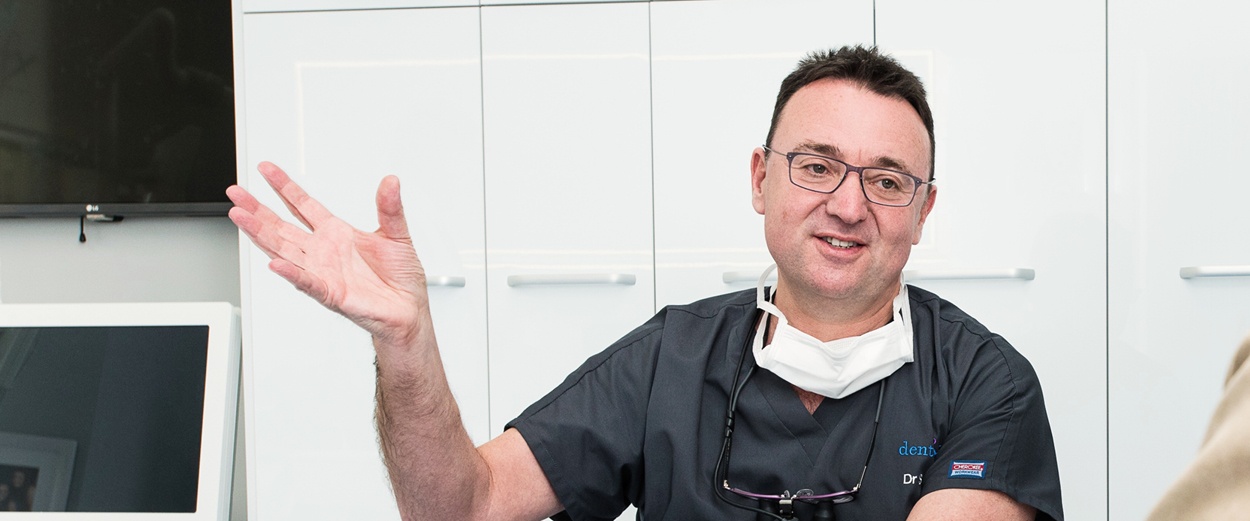The 13th Osstell ISQ Annual Symposium will gather an exciting line-up of international speakers, featuring Dr. Tara Aghaloo (USA), Dr. William Martin (USA), Dr. Stephen T Chen (Australia), Dr. Kyle Stanley (USA) and moderator Dr. Marcus Dagnelid (Sweden).
5 reasons to attend the 2021 Osstell ISQ Symposium
[fa icon="calendar'] Jun 21, 2021 2:23:48 PM / by Osstell posted in loading protocol, immediate restoration, isq, implant loading, primary stability, Osstell scientific symposium, digital workflow, immediate loading, rfa, secondary stability, osseointegration, implant healing, implant stability, risk patient, healing time, implant placement
Why measuring Osstell ISQ on abutment level can help you achieve predictable outcomes
[fa icon="calendar'] Mar 10, 2021 7:47:54 PM / by Osstell posted in loading protocol, immediate restoration, isq, implant loading, primary stability, immediate loading, rfa, osseointegration, implant healing, implant stability, healing time, SmartPegs
Dr. Jeff Ganeles answers your clinical questions
[fa icon="calendar'] Oct 25, 2019 5:55:36 PM / by Osstell posted in loading protocol, isq, implant loading, primary stability, EAO, immediate loading, secondary stability, implant stability, risk patient, implant complication, healing time, implant placement
Ask the expert! Dr. Barry Levin answers your questions.
[fa icon="calendar'] Oct 24, 2019 9:18:05 AM / by Osstell posted in loading protocol, isq, implant loading, primary stability, EAO, immediate loading, secondary stability, implant stability, risk patient, implant complication, healing time, implant placement
When To Immediately Load an Immediate Implant
[fa icon="calendar'] May 7, 2019 6:41:21 PM / by Barry P. Levin, DMD posted in immediate restoration, isq, primary stability, Immediate Implant Insertion Torque, immediate loading, implant stability, implant placement
Factors that influence treatment outcomes
[fa icon="calendar'] Apr 8, 2019 5:43:14 PM / by Osstell posted in primary stability, implant stability
It has been clinically demonstrated that implant stability plays a significant role in determining treatment outcomes (Sennerby & Meredith 1998, Esposito et al. 1998). Implants show high success rates if certain preconditions are fulfilled (Sennerby & Meredith 2000, 2008).
Ask the experts!
[fa icon="calendar'] Nov 22, 2018 8:43:00 AM / by Osstell posted in loading protocol, isq, implant loading, primary stability, EAO, immediate loading, secondary stability, implant stability, risk patient, implant complication, healing time, implant placement
Clinicians from all over the world participated to Osstell Scientific Symposium at EAO Congress 2018 in Vienna, on October 11th.
How to Determine the Degree of Osseointegration Before Final Restoration
[fa icon="calendar'] Nov 14, 2018 8:28:00 AM / by Osstell posted in isq, primary stability, rfa, secondary stability, osseointegration, implant stability, healing time
Have you ever placed an implant in an augmented bone site and added another few months of healing time just to be on the safe side?
The Importance of Implant Stability in Successful Dental Implant Therapy
[fa icon="calendar'] Sep 16, 2018 5:23:00 PM / by Osstell posted in isq, primary stability, secondary stability, osseointegration, implant stability
It has long been recognized in the dental implant literature that implant stability is a critical factor in predictable treatment outcomes. Both primary stability (mechanical stability) and stability prior to provisionalization or restoration of the implant should be considered in the individual treatment plan. The secondary (aka biological stability) will indicate the level of osseointegration when compared to the initial primary stability (mechanical stability) at placement of the implant. There are other factors, of course, to be considered but there is little disagreement in the literature that implant stability is key.
Primary and Secondary Stability: What is Important and What Don’t We Know
[fa icon="calendar'] Jul 3, 2018 2:25:05 PM / by Barry P. Levin, DMD posted in isq, primary stability, Immediate Implant Insertion Torque, insertion torque, secondary stability, osseointegration, implant stability, healing time
Physiologic healing after implant placement varies from patient to patient and site to site. Surgeons must find balance between mechanical stability and avoiding excessive trauma to alveolar bone, especially the cortical bone found at the alveolar crest. The two measures of quantifying primary stability are insertion torque volume (ITV) and resonance frequency analysis (RFA). Implant stability quotient or ISQ is a value used to determine stability via RFA.
Why secondary stability is crucial for successful implant treatments.
[fa icon="calendar'] Apr 5, 2018 9:52:00 AM / by Osstell posted in isq, primary stability, immediate loading, rfa, secondary stability, osseointegration, implant stability
Primary and secondary stability is a much discussed topic. Which one should a clinician aim for to achieve successful implant treatments? We met with Dr. Stephen Jacobs after his lecture at the AO Annual Meeting about primary and secondary implant stability to clarify things.
Could you explain the difference between primary and secondary stability?
How to reveal the secret that only bone and implant knows
[fa icon="calendar'] Mar 27, 2018 9:30:35 AM / by Vladimir Kokovic, DDS, MSc, PhD posted in loading protocol, implant loading, primary stability, immediate loading, rfa, secondary stability, healing abutment, case report, osseointegration, implant healing, implant stability, bone-to-implant reaction, grafting, healing time
During the twenty-two years of my clinical and scientific work with dental implants I have been a witness to huge development in the implant dentistry. Changes to implants' macro and micro design, surfaces, and surgical and prosthetic procedures that expand today's treatment with dental implants. But for me, the most impressive improvement was an implementation of resonance frequency analysis (RFA) from scientific to clinical work in implant dentistry.
How to Confidently Reduce Treatment Time? [With Case Report]
[fa icon="calendar'] Feb 9, 2018 8:36:56 AM / by Charles D. Schlesinger posted in loading protocol, isq, primary stability, insertion torque, immediate loading, rfa, healing abutment, case report, osseointegration
I have been placing dental implants since 1998 and as most of you, I have seen many advances in the field of dentistry that make implant dentistry safer and more predictable. The biggest boon to treatment absolutely has to be the advent of CBCT technology. This has made the surgical phase of treatment more predictable and safer for the patient.
Meet Dr. Michael Norton [video]
[fa icon="calendar'] Jan 30, 2018 1:09:33 PM / by Jonas Ehinger posted in loading protocol, isq, primary stability, insertion torque, rfa, secondary stability
Dr. Michael Norton talks about Osstell ISQ and RFA in his practice. Dr. Norton has been using Osstell for many years and has found value in having the information it provides to him about his patients. In addition, Dr. Norton is just completing his term of office as President of the Academy of Osseointegration which will hold its 2018 Annual Meeting in Los Angeles February 28th through March 3rd. We and Dr. Norton welcome your comments and questions on his thoughts.
The Correlation Between Immediate Implant Insertion Torque and Implant Stability Quotient
[fa icon="calendar'] Nov 23, 2017 2:25:21 PM / by Barry P. Levin, DMD posted in immediate restoration, isq, implant loading, primary stability, Immediate Implant Insertion Torque
I was curious about the correlation between immediate insertion torque (IT) and ISQ and wanted to study it in my practice. This is a study I conducted and it was published in IJPRD recently. The study protocol and findings are posted here for you to read and comment on.
Thanks,
Barry Levin



